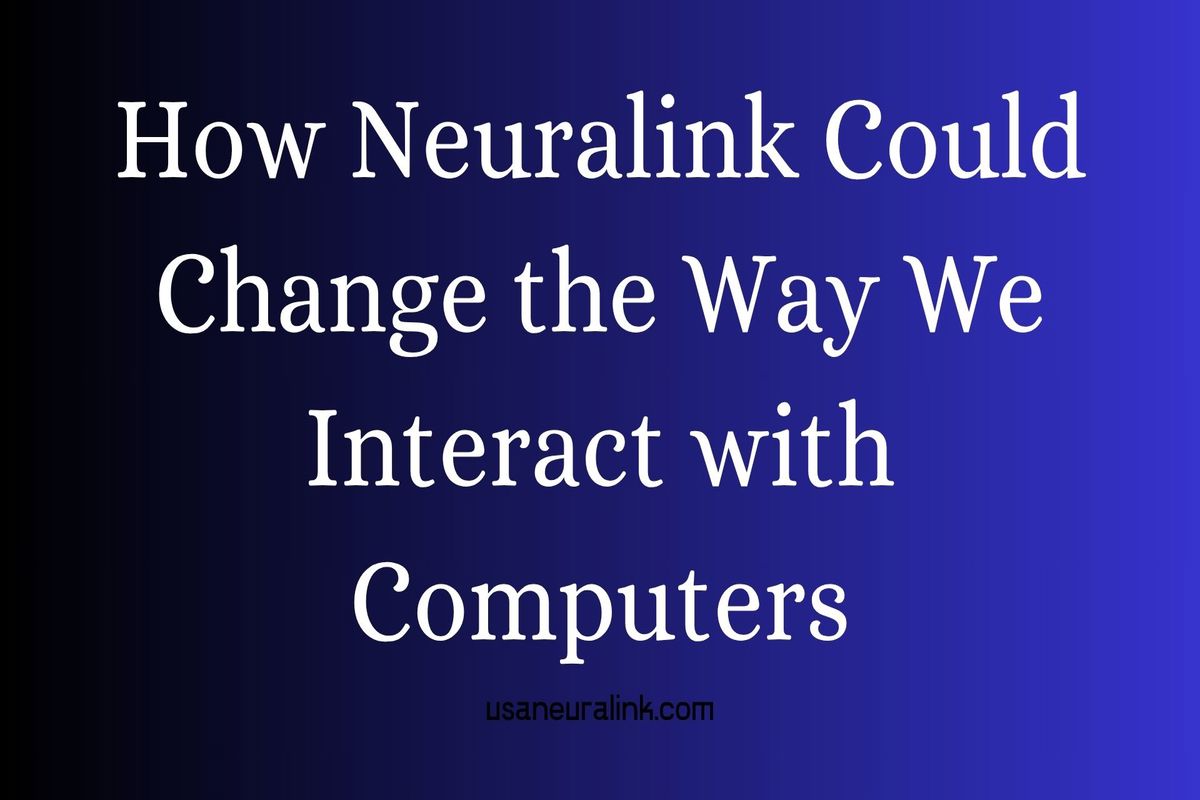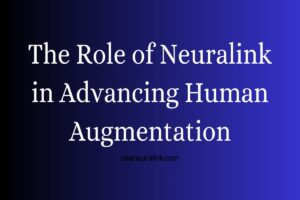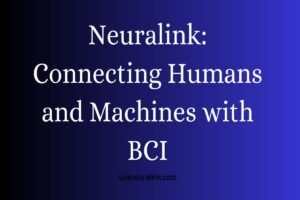Neuralink’s Role in Enhancing Human Cognitive Abilities
Neuralink’s Role in Enhancing Human Cognitive Abilities
Can human intelligence be upgraded? This question, once rooted in science fiction, is rapidly becoming a serious scientific inquiry, thanks to emerging neurotechnologies—at the forefront of which stands Neuralink.
Founded by Elon Musk in 2016, Neuralink aims to create an ultra-high bandwidth brain-computer interface (BCI) that allows seamless communication between the human brain and machines. While its initial goal targets medical conditions like paralysis or blindness, its broader vision is nothing short of cognitive enhancement for all.
In this article, we explore how Neuralink might redefine human intelligence and how close we are to an era where thinking faster, remembering better, or even learning instantly could be technologically possible.
What Is Neuralink, Really?
Neuralink is developing a coin-sized implant, called the Link (or N1 chip), which is surgically inserted into the skull. This implant contains over 1,000 ultra-thin electrodes that detect neural signals and transmit them wirelessly to external devices.
Using a specially designed surgical robot, the procedure can be performed with millimeter precision, ensuring no major blood vessels are damaged. The result? A brain interface that is minimally invasive yet incredibly powerful.
How Could Neuralink Improve Cognitive Abilities?
1. Memory Enhancement
Imagine being able to access memories on-demand—instantly and vividly. By recording and replaying neural patterns associated with memory, Neuralink could help enhance memory retention or even restore lost memories in neurodegenerative diseases.
If successfully integrated, this could have applications ranging from Alzheimer’s treatment to hyper-learning, where users could store and retrieve vast amounts of knowledge.
2. Instant Learning and Skill Acquisition
One of Neuralink’s most futuristic promises is direct knowledge uploading. While still theoretical, the idea is that digital information (e.g., a new language, technical skill, or musical ability) could be encoded into neural patterns and delivered to the brain via BCI.
It might sound like The Matrix, but early-stage research with animals and simple neural prosthetics supports this possibility. Brain plasticity is the key enabler: the brain can reorganize and adapt to new inputs if stimulated correctly.
3. Cognitive Speed & Decision-Making
BCIs like Neuralink could dramatically boost processing speed, reducing the lag between perception, cognition, and action.
This would be game-changing in high-performance fields like:
-
Military decision-making
-
Finance and trading
-
Emergency medical response
-
Space travel and AI-human collaboration
The faster we can analyze and act on information, the more cognitively “upgraded” we become.
4. Enhanced Focus and Mental Health
Neuralink also has potential in treating ADHD, depression, and anxiety, all of which stem from brain connectivity and neurochemical imbalances. By reading and possibly regulating neural activity, the device could help balance focus, emotion, and productivity.
Such applications would represent a major step toward neuro-optimization, not just disease treatment.
What Does the Science Say?
Neuralink’s first human trials began in 2024, with early reports showing the device successfully interprets brain signals and allows basic cursor movement via thought. While this might seem limited, it mirrors the early days of smartphones—a simple beginning to a transformative journey.
According to neuroscientists at MIT and Stanford, brain-machine interfaces are scientifically valid and increasingly reliable. However, challenges like:
-
Signal noise
-
Electrode degradation
-
Ethical limits
still remain.
Nonetheless, the foundation is solid, and progress is accelerating.
Ethical and Philosophical Questions
Of course, merging our brains with machines opens up Pandora’s box of ethical dilemmas:
-
Who owns your brain data?
-
Can intelligence enhancement lead to inequality?
-
Will humans lose their autonomy to AI-powered decisions?
Musk has stated that Neuralink’s purpose is to ensure humans remain relevant in a world dominated by AI, by “achieving symbiosis with artificial intelligence.”
But as we enhance our minds, we must also evolve our moral frameworks.
The Road Ahead: 2025 and Beyond
Here’s what we can expect in the next 5–10 years:
-
Wider human trials, especially for motor disabilities
-
Memory recording experiments
-
Commercial BCIs for healthy individuals
-
Growth of an app ecosystem for brain data, much like the early iPhone App Store
Beyond medical uses, consumer-grade Neuralink devices could become the next revolution in education, mental performance, and even entertainment.
Conclusion: A New Kind of Intelligence
Neuralink represents more than just a medical device—it’s a gateway into the next phase of human evolution. While we’re still in the early days, the technology is real, the possibilities are endless, and the race is on.
If used responsibly, Neuralink could:
-
Reduce cognitive diseases,
-
Enhance human potential,
-
And bridge the gap between human biology and digital intelligence.
At usaneuralink.com, we’ll continue to follow Neuralink’s breakthroughs and bring you honest, science-based insights into how this revolutionary technology may shape your mind—and your future.
Share this content:






















Post Comment